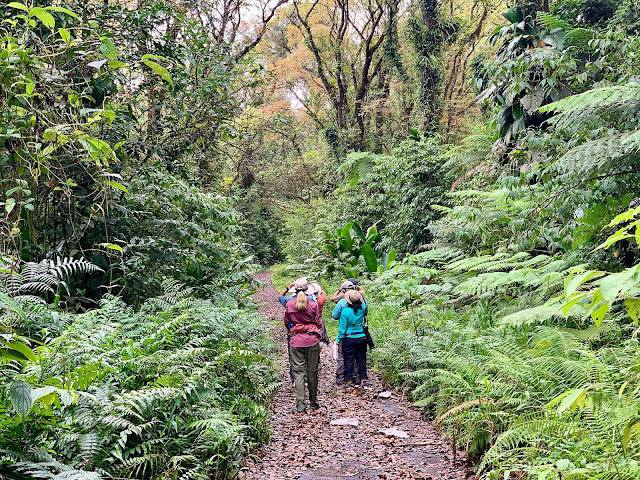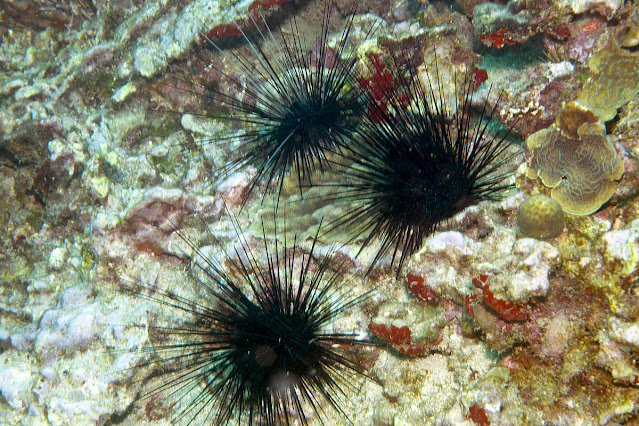Caribbean Island of Flowers

In the Lesser Antilles, there are three designated UNESCO Man and Biosphere Reserves, St Kitts and Nevis, Tobago and Martinique. Joanne Husain looks at how the UNESCO designation is being used to define Martinique’s land and ocean territory. In the heart of the eastern Caribbean between the islands of Dominica and St. Lucia, lies the French island of Martinique. Known as “The Island of Flowers,” Martinique boasts a unique combination of breathtaking landscapes, marine marvels, exceptional biodiversity and rich culture alongside a commitment to sustainable economic and social development. On September 15, 2021 Martinique was inducted into UNESCO’s Man and the Biosphere Programme. This is the island’s second major UNESCO recognition after the inclusion of Martinique’s traditional Yole Sailboat on the Intangible Cultural Heritage List in December 2020. A group of birders along one of the beautifully maintained forest trails in the Pitons du Carbet, the oldest mounta...



